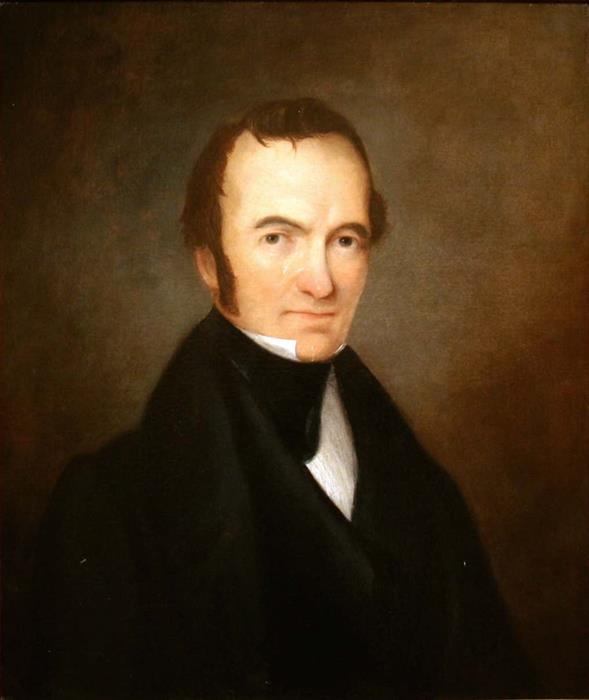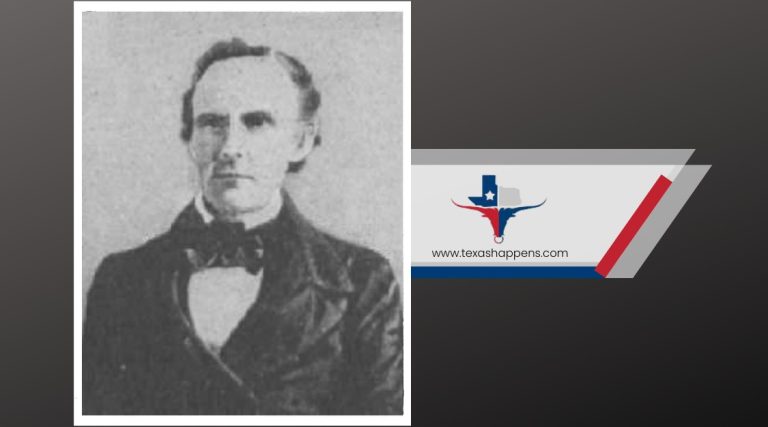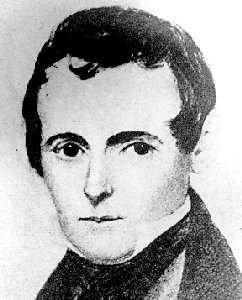Branch Tanner Archer was an influential figure in the early history of Texas. Born on December 13, 1790, in Virginia, Archer attended the College of William and Mary before earning his medical degree from the University of Pennsylvania in 1808. His career began in Virginia, where he practiced medicine and served in the General Assembly for Powhattan County during the 1819-1820 sessions.
Initial Involvement in Politics
Branch T. Archer began his political journey in Virginia, where he served as a member of the Virginia House of Delegates. His passion for governance and leadership soon led him to Texas, where he became actively involved in the burgeoning independence movement.
Archer played a pivotal role in Texas politics, notably serving as the President of the Consultation, a provisional government body established during the Texas Revolution. He was also a key member of the Texas provisional government and contributed significantly to drafting the Texas Declaration of Independence.

In 1831, Archer moved to Texas and quickly emerged as a proponent for Texas’ independence from Mexico. He fought in the Battle of Gonzales and was elected president of the Consultation of 1835. This assembly, despite internal disagreements, signaled Texas’ drive for independence. There, Archer worked to reconcile conflicting views among delegates.
Role in the Texas Revolution
Branch T. Archer was a prominent figure in the Texas Revolution, actively participating in the efforts to secure independence from Mexico. He served as a delegate at the Consultation of 1835, where he was instrumental in organizing the provisional government. Archer also played a crucial role in rallying support for the Texan cause, working tirelessly to unify the disparate factions fighting for freedom.
Leadership and Strategies
Archer’s leadership was marked by his ability to inspire and mobilize people during critical moments. As President of the Consultation, he demonstrated strong decision-making skills, guiding the provisional government through tumultuous times. His strategic acumen was evident in his efforts to secure resources and support for the Texan army, ensuring that the revolutionary forces were well-equipped to confront Mexican troops. Archer’s diplomatic skills and steadfast commitment to the cause significantly contributed to the eventual success of the Texas Revolution.
Key Roles and Contributions
After his active political career, Branch T. Archer continued to serve the newly independent Republic of Texas in various capacities.
- Commissioner to the United States: Archer, alongside Stephen F. Austin and William H. Wharton, was appointed to secure financial and military aid for Texas. Their mission was crucial for the Texas Revolution.
- First Congress of the Republic of Texas: As a member of the nascent republic’s First Congress, Archer played an instrumental role. He became Speaker of the House of Representatives during the second session.
- Legislation: Archer was pivotal in sponsoring laws, including the Texas Railroad, Navigation, and Banking Company. Despite initial support, this initiative encountered opposition and ultimately failed.
- Secretary of War: Under President Mirabeau B. Lamar, Archer served as Secretary of War from 1840-41, a period when the young republic needed fortified defenses and strategic planning.
Archer’s influence extended beyond politics. He was active in the Masonic community, helping to establish a lodge in Brazoria and achieving the rank of Grand Master of the Grand Lodge of Texas in 1838-39.
His leadership during the Texas Revolution and subsequent contributions to the state’s judicial and medical fields have cemented his legacy as a foundational figure in Texan history.
The Final Chapter of Branch T. Archer’s Life
Branch T. Archer passed away on September 22, 1856, in Brazoria, Texas. His death marked the end of a life dedicated to public service and the advancement of Texas. Archer’s contributions to the state’s fight for independence and its early governance left a profound legacy that continued to shape Texas long after his passing. He was interred in a family cemetery, and his memory is preserved through the many honors and remembrances that highlight his vital role in Texan history.



